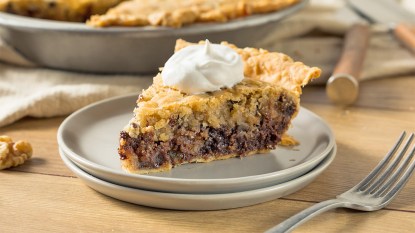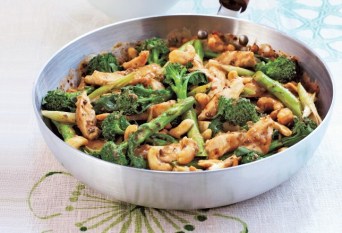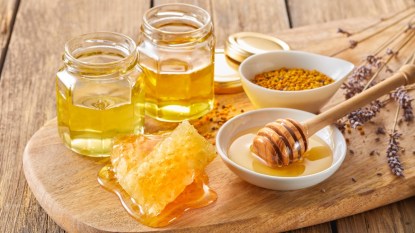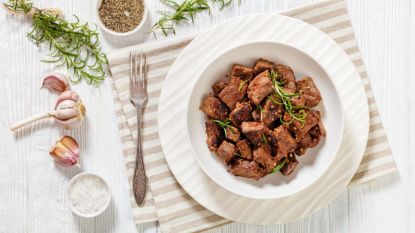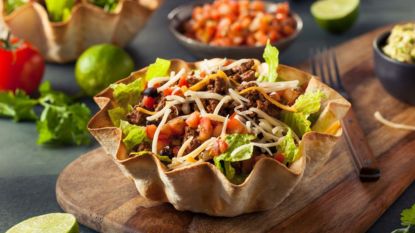Cooking Bacon This Way Will Lower Your Cancer Risk
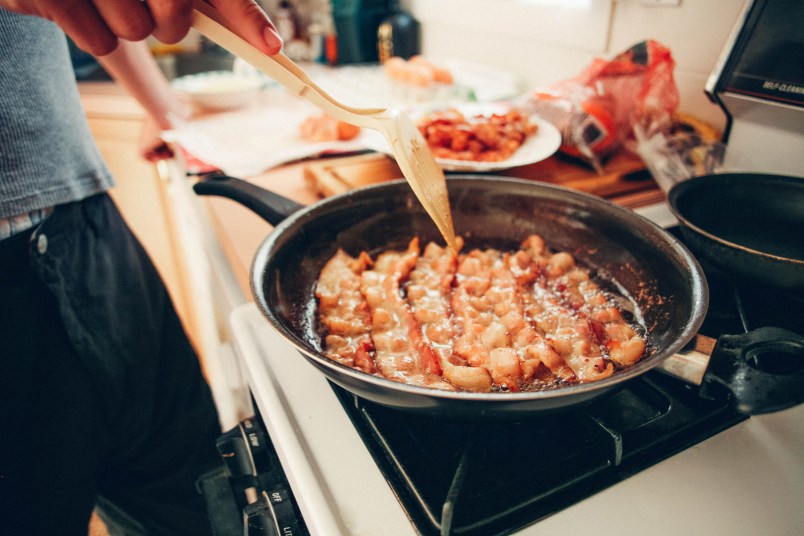
Let’s face it — nothing beats the smell of bacon cooking in the morning. As good as it tastes, there’s been some controversy around our favorite breakfast item, with medical experts suggesting that eating it may harm your health and even cause cancer. However, experts suggest that there are ways that we could minimize the cancer causing effects of bacon — it all depends on how we cook it.
How Bacon Could Cause Cancer
It’s not the bacon meat that causes cancer, rather it’s the chemicals they are preserved with called nitrates. And actually, the nitrates themselves aren’t harmful. The trouble comes when they react with bacteria in the mouth or other enzymes in the body that convert them into nitrites, which then turn into the harmful compounds called nitrosamines.
Nitrates and nitrites are added to meats because they prevent the growth of harmful bacteria, add a salty flavor, and give meats an appealing red or pink color. However, it’s been shown that overconsumption of meats cured with them can cause different types of cancer, specifically in the digestive tract.
Eating too many processed meats has been linked to conditions like stomach cancer, colorectal cancer, and esophageal cancer. With that in mind, many food manufacturers are now producing “nitrate and nitrite-free” versions of our favorite meat products, but experts like nutritionist Richard Hoffman suggest that they are merely swapping them with equally harmful additives.
“These products merely replace synthetic nitrite with a vegetable source, which is still converted into NOCs [nitrogen compounds, which cause cancer],” he wrote for The Conversation. “These carcinogens also form when bacon is fried.” Yikes!
“Frying also generates two other major groups of carcinogens,” Hoffman says. “One of these is a group called heterocyclic amines (HCAs). Fried bacon contains more HCAs than any other cooked meat, and high levels of advanced glycation end products (AGEs) which are also linked to cancer.” According to Hoffman, HCA’s and AGE’s form at high temperatures by a chemical process called the Maillard reaction, which is what gives your bacon that crisp, brown appearance.
How to Cook Bacon to Reduce Cancer Risk
To reduce the risk of cancer, Hoffman offers some tips for how you can prepare bacon so it’s safer to eat. Firstly, he says that you should still buy the nitrate and nitrite free products when possible, as they’re still a safer bet (when prepared properly) than the nitrate-preserved meats. When cooking your bacon, you should try lightly frying it on low heat in olive oil, which contains antioxidants that could potentially reduce the effects of the carcinogenic compounds.
He says that when you lightly brown bacon it has about one-tenth of the HCAs of thoroughly crisped bacon. Cooking methods like microwaving, which result in little browning, are therefore considered safer. Other options include cooking your bacon in the oven or grill at a low temperature.
With the right practices, we can prepare bacon in a safer way and not worry about having to give it up completely. Thank goodness!


